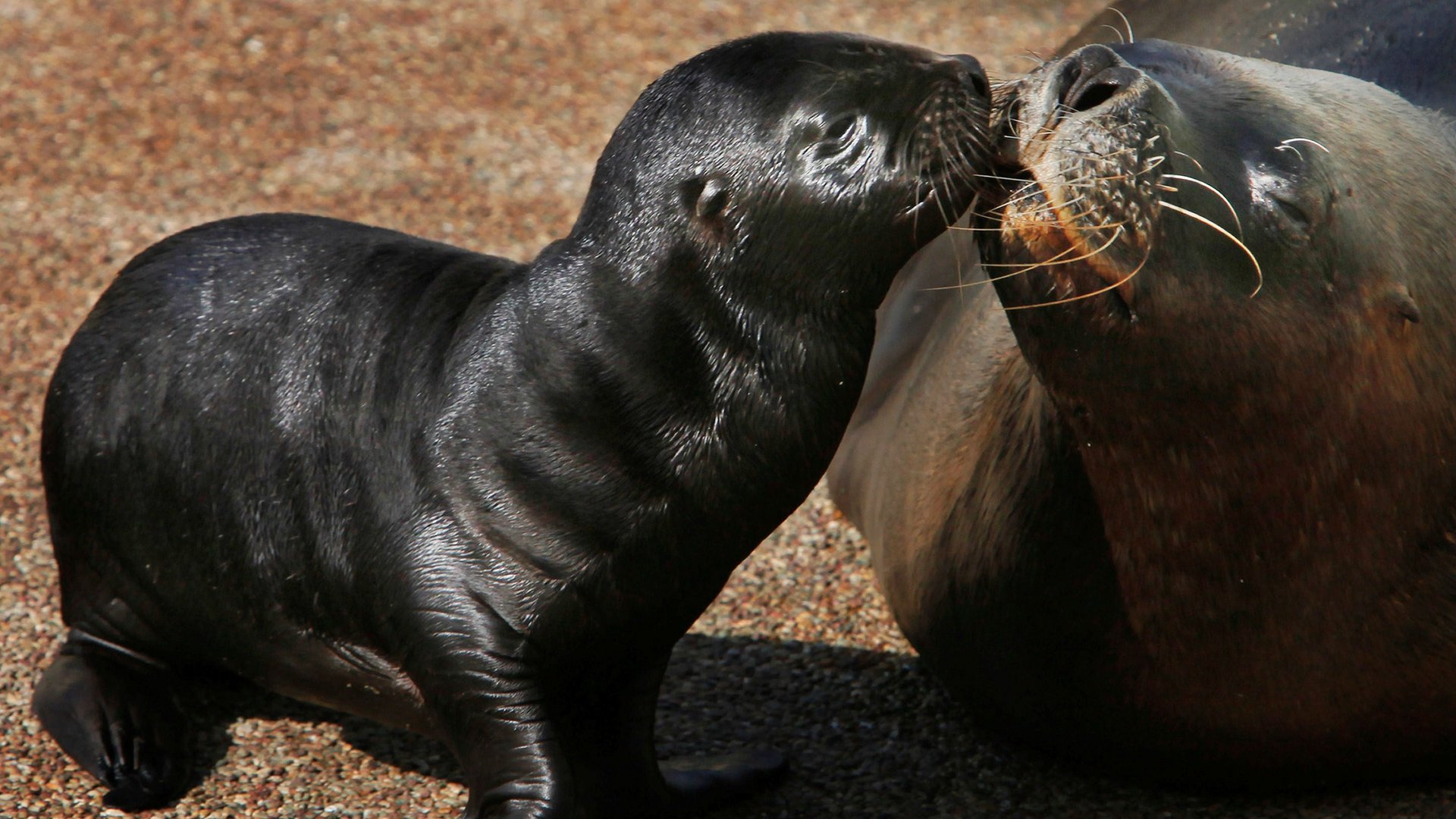Scientists are studying sea lion brains to try to figure out how our own got to be so big
In the animal kingdom, there aren’t many of us with large brains. Besides humans, only whales and dolphins, elephants, and semi-aquatic mammals like seals, sea lions, and walruses have large brains relative to their size. Primates closely related to us, like chimpanzees and gorillas, surprisingly do not.


In the animal kingdom, there aren’t many of us with large brains. Besides humans, only whales and dolphins, elephants, and semi-aquatic mammals like seals, sea lions, and walruses have large brains relative to their size. Primates closely related to us, like chimpanzees and gorillas, surprisingly do not.
Thanks to our large brains, we’ve evolved the ability to develop language and logical reasoning to solve problems—they play a huge part in what make us human. So it’s no wonder that brain size may contribute to the intelligence of sea lions, which so far are the only other mammals that can show they use logic.
In a new study (paywall) from Vanderbilt University, researchers mapped a sea lion’s brain to get a better understanding of how these animals may be similar to us—and how our own brains evolved to be so big. ”It was shocking to see something so large and so different from any other brain I had ever worked with,” Eva Sawyer, a neuroscientist graduate student at Vanderbilt University and lead author of the study, said in a press release.
Sawyer and her research team were able to obtain samples of sea lion brain because so many died of starvation last year off the coast of California for reasons that are still murky. They used a chemical analysis to map out some of the major parts of the sea lion brains, and found that sea lions have large sensory cortexes corresponding to their whiskers, which they use to detect food and other obstacles in the depths of the ocean. The amount of space in the sea lion’s brain used for whiskers is similar to the space in human brains dedicated to the sensations in our fingers.
Sawyer and her team hope that this analysis can help explain at least some of the reason that some animals’ brains, like our own, have evolved to become so big. “It is at least partially explained by their large body size,” she said. “But it may also be related to other factors, such as the weightlessness of the marine environment or coping with cold water temperatures. Or it could just be a random outcome of evolution.”
They next plan to compare other parts of the sea lion brains to primate brains to figure out what parts of the brains contribute to other functions.